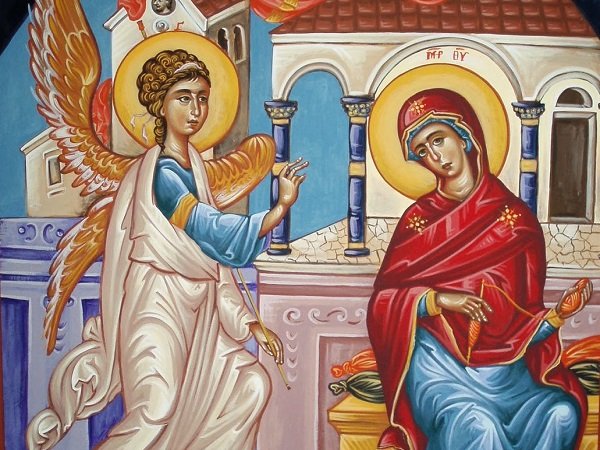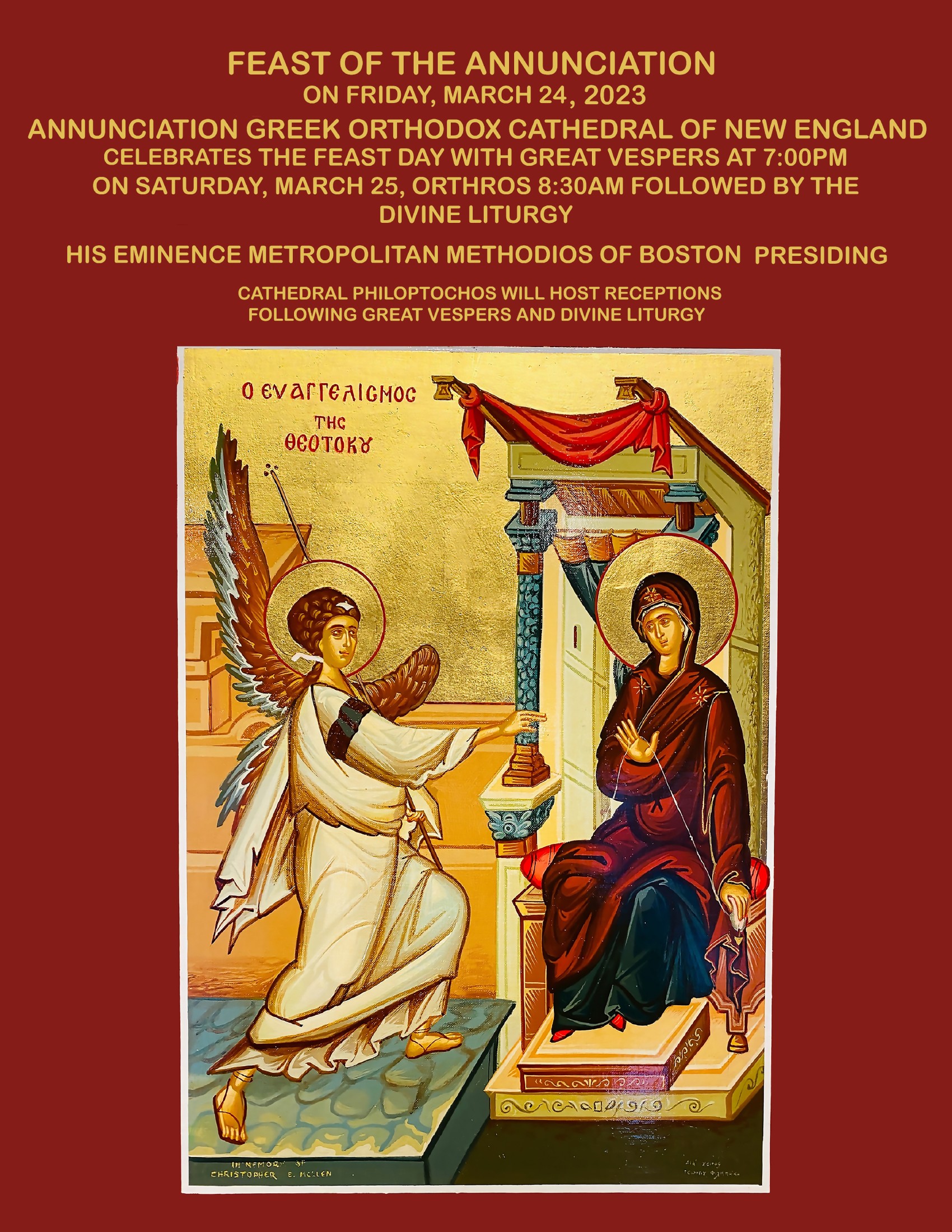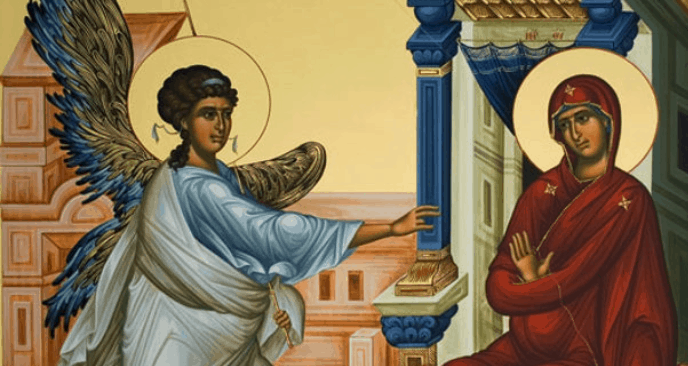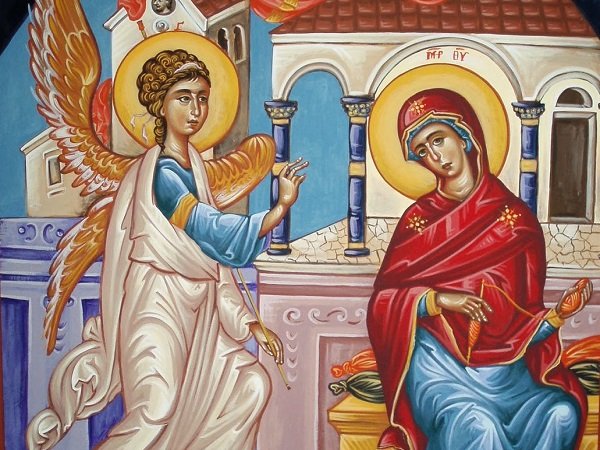Reference




OpenAI's Answer
The Feast of the Annunciation of the Theotokos is a significant event in the Christian liturgical calendar, celebrated annually on March 25. This feast commemorates the announcement by the Archangel Gabriel to the Virgin Mary that she would conceive and become the mother of Jesus Christ, the Son of God. This event is pivotal as it marks the beginning of the incarnation of Christ, a cornerstone of Christian belief.
Here are some key points about the significance of this feast:
-
Divine Revelation: The Annunciation is seen as a miraculous revelation where God's plan for salvation is announced to Mary, highlighting her role in the divine plan (Greek Orthodox Archdiocese).
-
Liturgical Importance: Within the Orthodox tradition, when this feast falls on a weekday during Great Lent, it is the only instance when the full Eucharistic Liturgy is celebrated. This underscores the profound significance of the event within the liturgical year (Orthodox Church in America).
-
Theological Significance: The Annunciation marks the moment of the Incarnation, where God took on flesh from the Theotokos (Mary) for human salvation. It is a celebration of divine initiative and human response, with Mary accepting the call to become the Mother of God (Orthodox Pebbles).
-
Cultural and Liturgical Landmark: The feast is also a cultural event in many countries, coinciding with national holidays, especially in places with a strong Orthodox Christian presence, such as Greece, where March 25 is also Independence Day.
Here are some images depicting the Annunciation:



This feast serves as a profound reminder of faith, obedience, and God's saving actions throughout Christian theology.
Follow Up
Related
Which feasts are celebrated during the Weeks of Annunciation in the Syro-Malabar Church?
What are the distinct seasons in the Syro-Malabar Church's liturgical calendar?
What is the significance of the Epiphany in the Syro-Malabar Church?
Under what circumstances are Solemnities transferred if they fall within Holy Week?